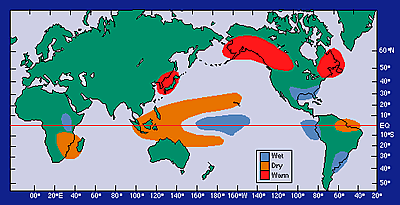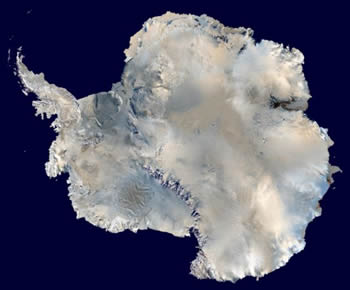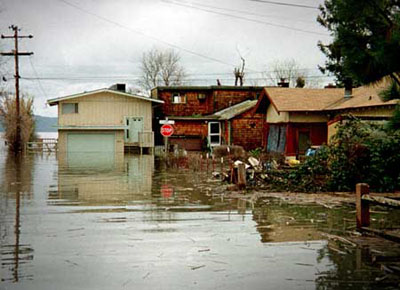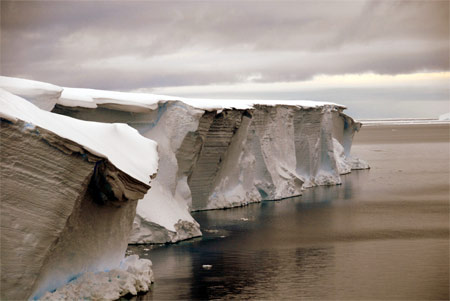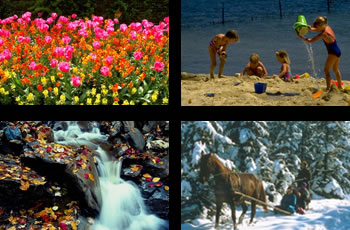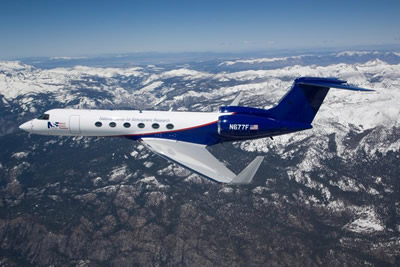Click on image for full size
Courtesy of NOAA
Related links:
Teleconnections: Changes in Weather Linked Together
Changes in the atmosphere in one area of the world can affect weather over 1000 miles away. Scientists are trying to sort out these relationships, called teleconnections, to better understand and predict weather patterns worldwide.
Teleconnection patterns are caused by changes in atmospheric circulation and pressure over broad areas of the Earth. The changes may last from a few weeks to many months. Teleconnection patterns happen because of natural variability in the atmosphere, yet they may be changing as Earth’s climate changes.
There are a number of different teleconnection patterns. Here are two examples:
El Niño
El Niño is a major teleconnection pattern created by El Niño-Southern Oscillation (ENSO) changes to the atmosphere and ocean. During El Niño events the pattern of atmospheric circulation changes sending cold and dry air into places that typically have warm and moist air. Changes in sea surface temperatures in the tropical Pacific Ocean also affect the atmosphere and weather.
These changes in the tropical Pacific cause weather variations around the world. Indonesia and Southern Africa become warmer and drier than usual - thus, much more prone to drought. Southern Alaska can become warmer than usual while the U.S. Gulf Coast can be cooler and more rainy than usual. The amount of clouds in one area could lead to changes in precipitation elsewhere.
El Niño even has an impact as far away as West Antarctica. There is evidence from ice cores that during the strong El Niño event from 1939-1942 temperatures in West Antarctica were 5-7 C (9-13 F) warmer than normal. “West Antarctica's climate is influenced by atmospheric and oceanic changes thousands of miles to the north," says David Schneider, scientist at the National Center for Atmospheric Research who studied the history of West Antarctica’s climate using ice cores.
The North Atlantic Oscillation
A teleconnection pattern with roots in the Atlantic causes odd weather throughout the Northern Hemisphere. This pattern is governed by the intensity of a low pressure system over Iceland and a high pressure system in the subtropical Atlantic called the North Atlantic Oscillation (NAO). During the Northern Hemisphere winter of 1995-96 this pattern caused cold and snowy weather in eastern North America, bitter cold in Northern Europe, and wet weather in southern Europe and northern Africa.


